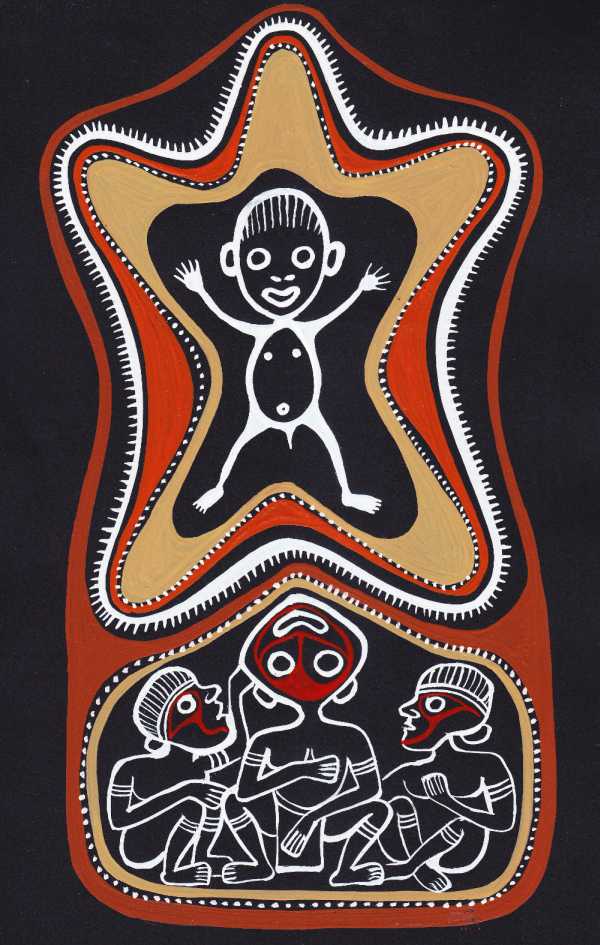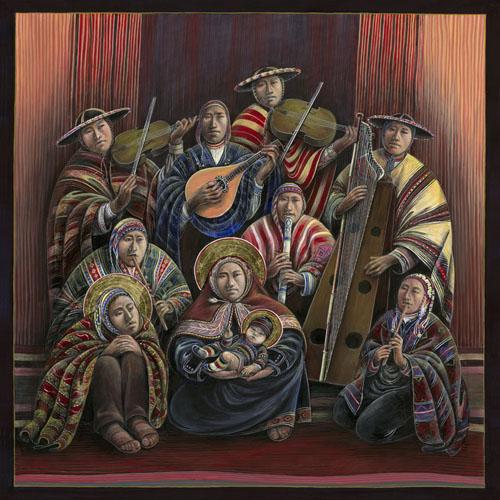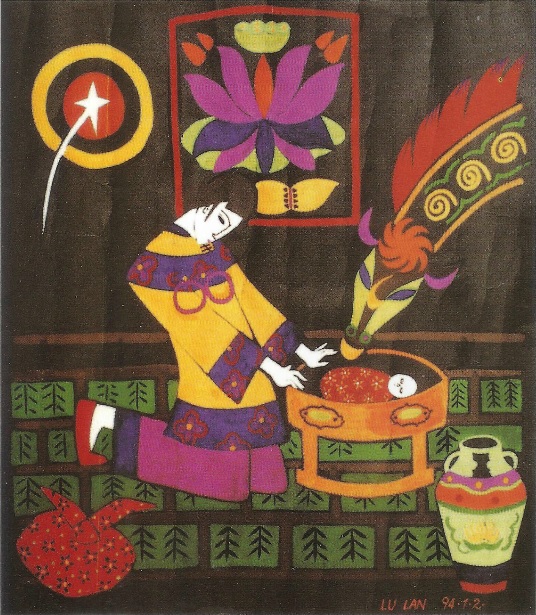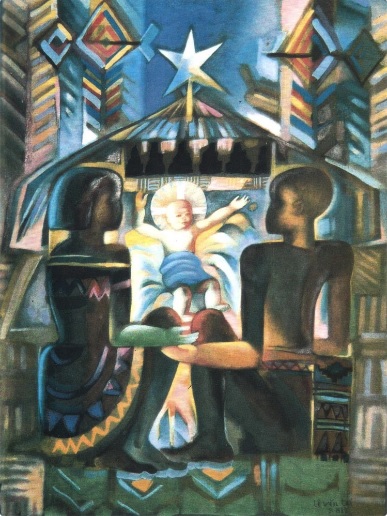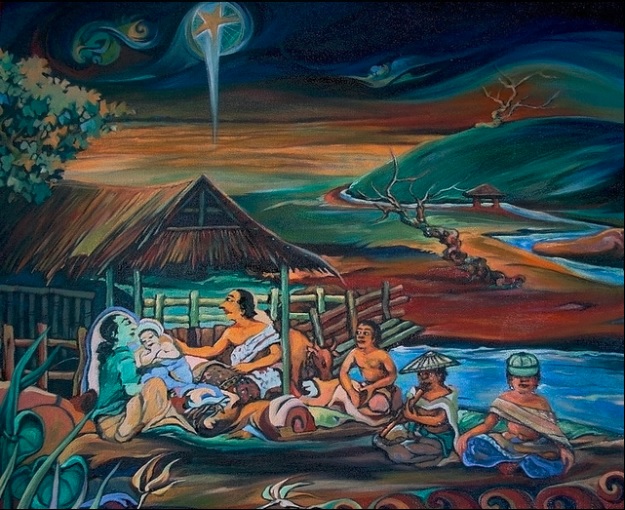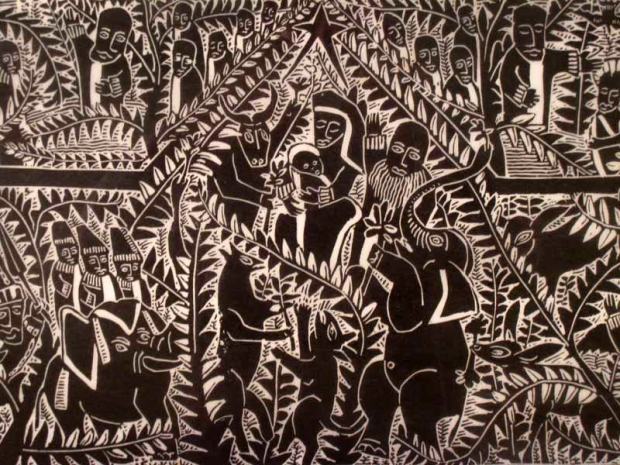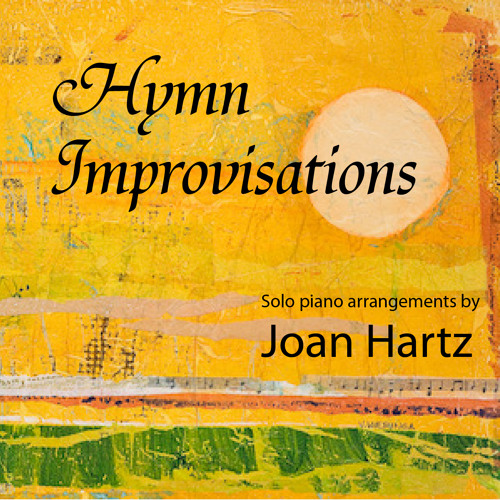I’m sad to remind you that, as I announced in November, I am discontinuing The Jesus Question—but I’m happy to let you know that my new blog, Art & Theology, is now live! Please show me some love and share the URL with your friends and social media followers and “Like” the Facebook page.
The Jesus Question started out as a project for a social media class in February 2011. The assignment was to develop a blog in which we were to explore a well-defined subject of interest, the purpose being to enhance our online presence, connect with others of like interests, experiment with web building and marketing, and establish ourselves as an authority in a field.
It may not have achieved a vast reach by professional standards (it gets about 7,000 unique views per month), but I feel pleased with how it was received and what came of it. It led to my becoming assistant editor of ArtWay.eu, republication on other websites, free books from publishers, invitations to speak at a few local college events, and my being interviewed for a book project.
The blog also resulted in e-mails and comments from readers all over the world—students, pastors, missionaries, liturgists, ethnographers, visual artists, musicians, poets, and practitioners of different faiths. I sincerely appreciate all the messages I received, even if I didn’t always have time to respond; truly, thank you. The thoughtful questions, insights, and resource recommendations helped direct my research and refine my thinking, and the words of encouragement were a tremendous blessing to me.
The reason I’ve decided to replace The Jesus Question is because its tagline is no longer representative of what it has become. I started out “tracing the identity of Jesus through history, art, and pop culture,” but in the last two years the blog has become heavily weighted on the “art” part, since that is how my interests happened to develop. As I spent more time reading books and articles about artists and art movements and exhibitions and churches’ engagement with the arts, I spent less time reading Jesus scholarship and looking for amusing manifestations of Jesus in popular culture.
Art & Theology will allow me to explore with greater freedom what has become my primary passion: promoting the arts for use in private and corporate worship.
Last June I attended my first major CIVA (Christians in the Visual Arts) conference in Grand Rapids, Michigan, and it was that conference that has given me the impetus to say good-bye to this web project I’ve been nurturing for five years so that I can pursue a more dedicated study of the intersections between Christianity and the arts—especially the visual arts. The need for art interpreters in the church was mentioned independently by several speakers and panelists at the conference—a call to action that rang especially loud in my ears. There are a ton of artists in the church, they said, and in the last two decades there has been a steep rise in academic writing about the important ways in which art can serve the church, but what is missing is someone to train “non-art people” of faith in how to approach art, how to appreciate it, and to thereby help develop a more visually literate church culture. Hearing that art commentary from a Christian perspective is in demand really reaffirmed in me my calling to provide just that.
I realize it will be a particular challenge to reach the people I most want to reach. What would persuade someone who’s uninterested in art to click on a link to “art and theology,” or to stick with such a blog long enough that their curiosity has time to evolve into appreciation or even fondness?
It’s hard to leave The Jesus Question, because I didn’t end up addressing many of the topics I wanted to. In particular, I didn’t delve as much into the historicity of Jesus and New Testament criticism as I had set out to. My consolation is that there are hundreds of scholars out there, many of whom publish material online, who are more qualified than I to address such things.
This blog obviously doesn’t come close to exhausting the depth of who Jesus is or has become. I urge any one of you to pick up where I left off and keep the discussion going. As for artistic depictions of Christ, you can be sure that I will continue exploring those over at Art & Theology.
Thank you so much, all of you, for your support over the years. You have been an encouragement to me in my spiritual walk, and I’ve enjoyed being a part of this virtual community of learners!
So with this final post, I now officially launch Art & Theology. Please visit me there and consider sharing the website with your family and friends, pastor, seminary professors, and coworkers.
The peace of Christ be with you now and always.
—Victoria Emily Jones















